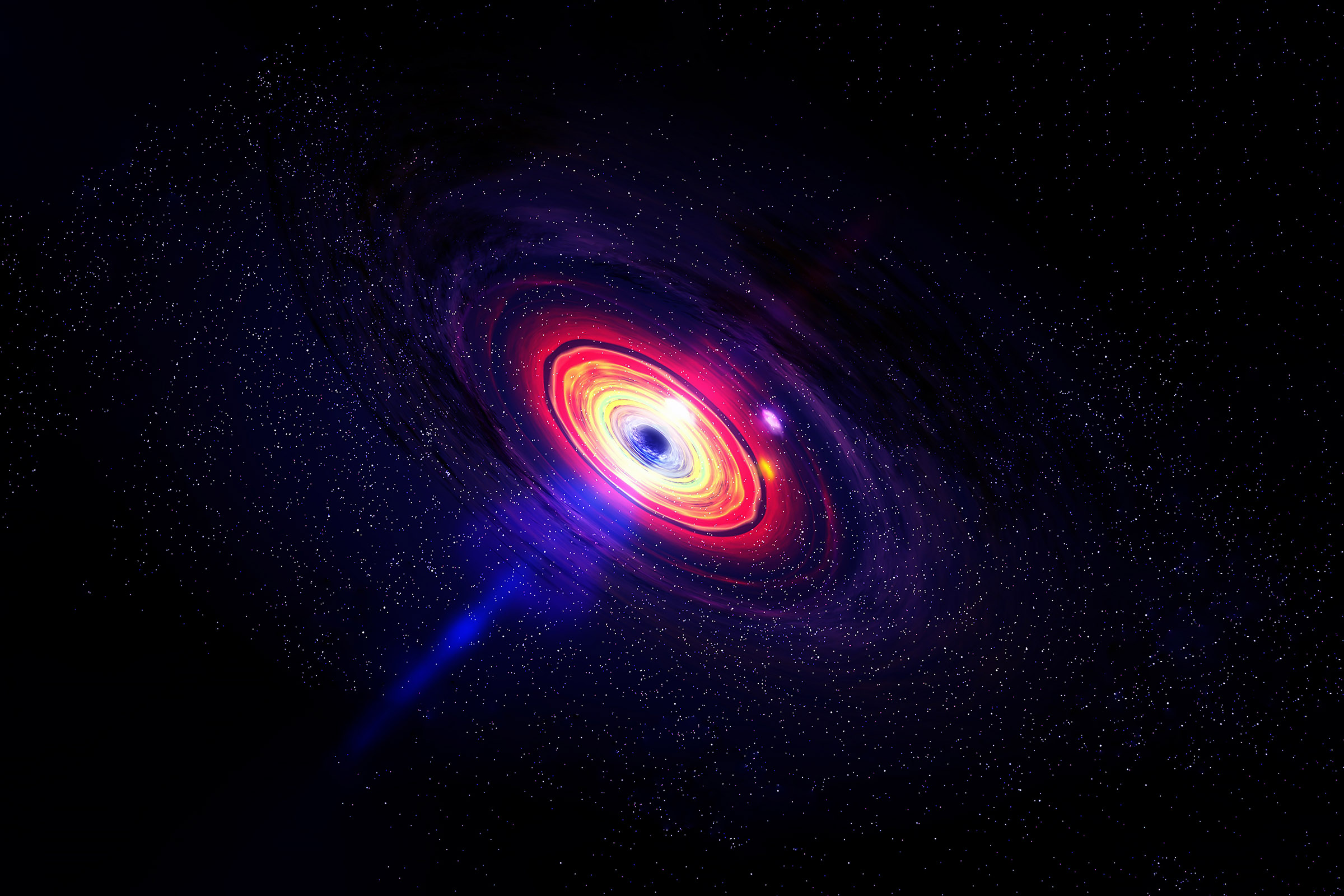Scientists have discovered a new, mysterious particle. Of course, making new discoveries is exciting. But, perhaps the most exciting thing about this particle is that it could be a candidate for dark matter.
Incredibly, the never-before-seen particle was discovered using an experiment small enough to fit on a kitchen counter.
This mysterious particle could be a candidate for dark matter

“When my student showed me the data I thought she must be wrong,” Boston College professor and lead researcher Kenneth Burch told Live Science. “It’s not every day you find a new particle sitting on your tabletop.”
The mysterious particle is a cousin of the Higgs boson particle, which is responsible for granting other particles their mass. Scientists named the new particle axial Higgs boson. We first detected the Higgs boson particle in 2012, using the Large Hadron Collider (LHC).
Unlike the Higgs boson particle, which required the massive LHC to discover it, the axial Higgs boson was discovered using a small experiment. In fact, the experiment was tiny enough to fit on a small kitchen countertop.
Part of what sets the axial Higgs boson apart from the Higgs boson is its magnetic moment. This is essentially the ability to create a magnetic field due to a magnetic strength or orientation.
Additionally, unlike the Higgs boson, the new, mysterious particle arose when quantum materials at room temperature mimicked a very specific set of oscillations. The researchers were then able to observe the particle using the scattering of light.
The researchers published a paper on their findings in the journal Nature. Some of these findings include the fact that the axial Higgs boson features a collective behavior of electrons unlike any state we’ve ever seen before in nature.
The mystery of dark matter

As I mentioned above, the discovery of a new particle is exciting. But the most intriguing thing about this mysterious particle is scientists think it could be a candidate for dark matter. Dark matter has been one of the longest-running mysteries about our universe, and everything in it. Scientists believe that dark matter accounts for 85 percent of the total mass of the universe.
However, we’ve only ever observed dark matter through the use of gravity. As such, there is little we know about this mysterious element. Previously physicists had predicted an axial Higgs mode that could explain dark matter. But this is the first time we’ve observed anything of the sort. And that makes this discovery even more intriguing.
Of course, proving and explaining dark matter using the mysterious particle isn’t going to be easy. To fully explain it, we need a theory consistent with existing particle experiments, physicists say. But that theory also needs to be consistent with explaining the production of new particles that have not yet been seen.
It’s a slippery slope. But hopefully, researchers can continue to dig into it, and we’ll learn more about this mysterious particle and the part it plays sometime in the future.








